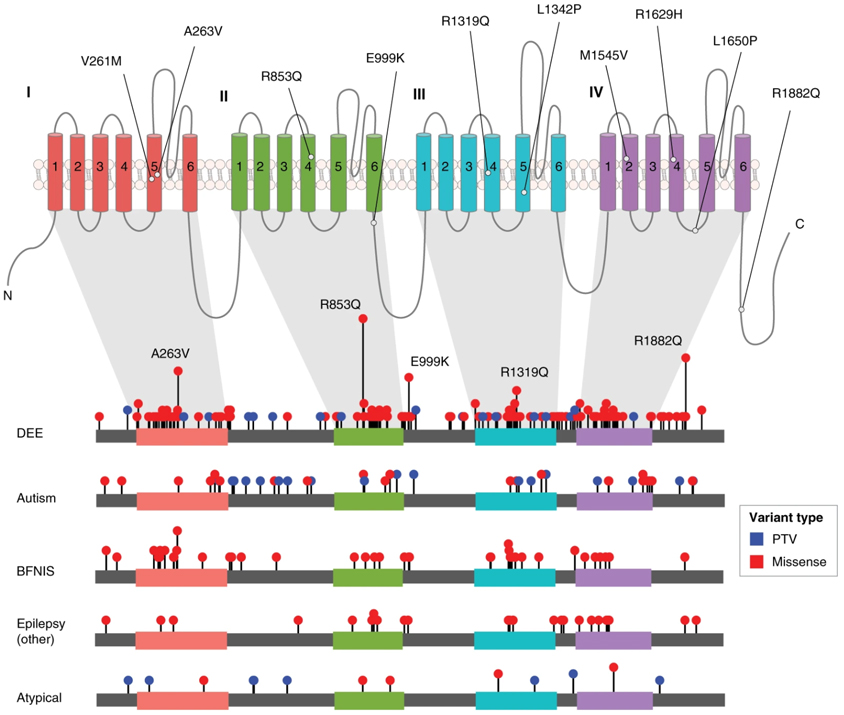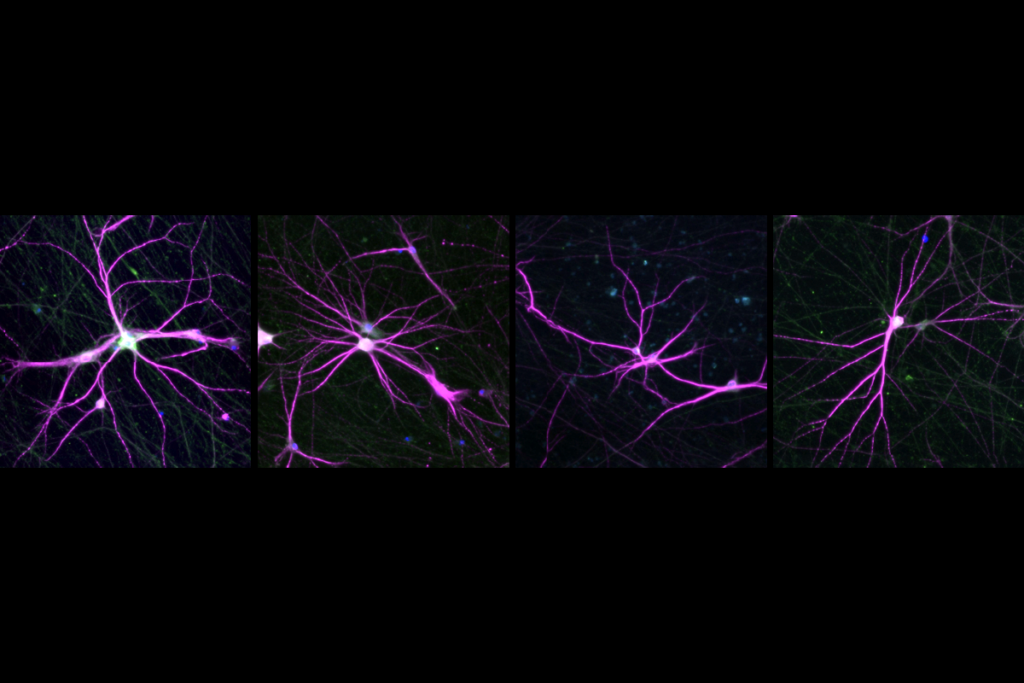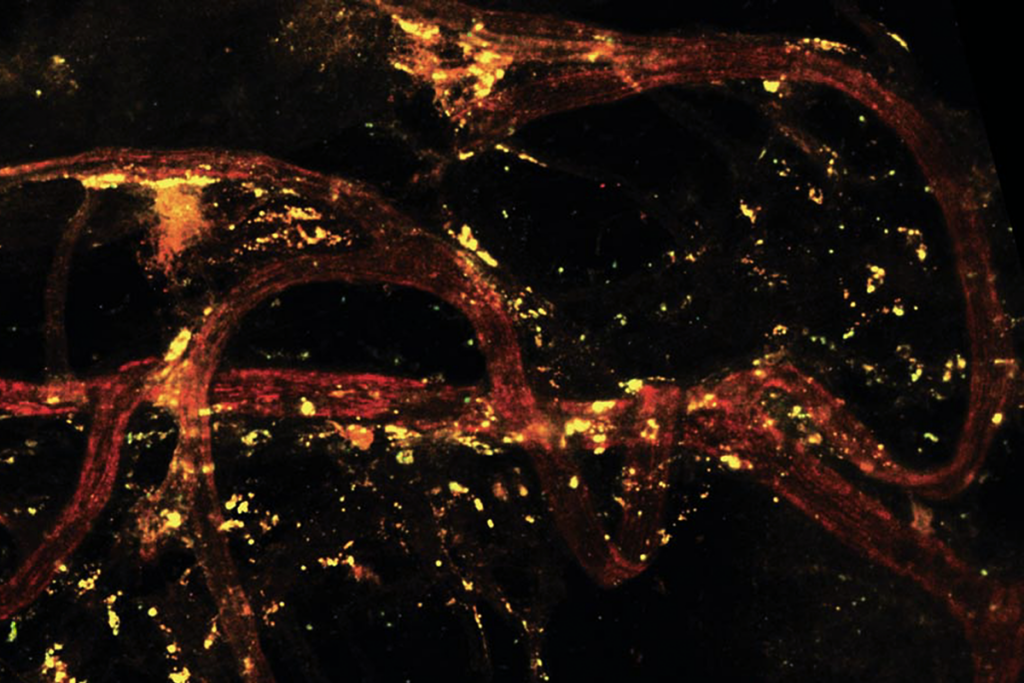Research roundup
- Autistic women often struggle to meet others’ expectations, as Spectrum has covered in depth, though they tend to feel less of a need to conform as they age. Autism
- A review of studies has found support for the association between maternal infection and autism. Autism Research
- Autistic and non-autistic adolescents who frequently camouflage also report elevated levels of depression and anxiety. Autism
- Rarely, fragile X syndrome can be caused by single DNA-base mutations; a mouse model with that type of mutation shows changes in neuron structure, brain activity and behavior. Nature Communications
- Researchers writing in honor of developmental psychologist Ed Zigler explore the changing boundaries of an autism diagnosis. Development and Psychopathology
- Some child neurologists and psychiatrists say that both autism and attention deficit hyperactivity disorder are overdiagnosed. BMC Psychiatry
- Study design influences how autistic participants interpret emotion from speech intonation, suggesting that their differences may not be as large as is often reported. Autism
- The U.K. National Institute for Health and Care Excellence has misguided clinicians and researchers on using a screening tool called the Autism Spectrum Quotient; the evidence base says that a score of 6 or higher, not 7 or higher, should spur diagnostic evaluation. Lancet Psychiatry
- Autistic adults tend to have more eating issues than non-autistic adults; some issues are related to autism and others to eating disorders. Autism Research
- A complicated system — the many variants of the autism-linked gene SCN2A, their protein products and their neurobehavioral effects — can be coded and analyzed to reveal relationships between genotypes and phenotypes. Genetics in Medicine
 Behavioral ties: Analyzing variants of the autism-linked gene SCN2A, their protein products and their effects reveals complicated genotype-to-phenotype relationships.
Behavioral ties: Analyzing variants of the autism-linked gene SCN2A, their protein products and their effects reveals complicated genotype-to-phenotype relationships. - Training and experience help police officers become more comfortable interacting with autistic people, a topic that Spectrum has explored. Journal of Autism and Developmental Disorders
- Olfactory cues influence social interaction in mice and might also shape social dynamics in people with autism or sensory integration differences. European Journal of Neuroscience
Science and society
- Lab-made model embryos could lead to new insights on early human development. NPR
- Scientists who grow brain organoids, which are used to study autism, marvel at their self-assembled complexity, according to science journalist Carl Zimmer’s new book, “Life’s Edge.” Slate
- An autism committee that provides information and advice to U.S. agencies that serve the public has not met since July 2019, as Spectrum also reported. WHYY
- The social media campaign #BlackinNeuroWeek generated visibility and enthusiasm; now Black researchers propose ways to sustain the effort through databases, mentorship and education. The Journal of Neuroscience





